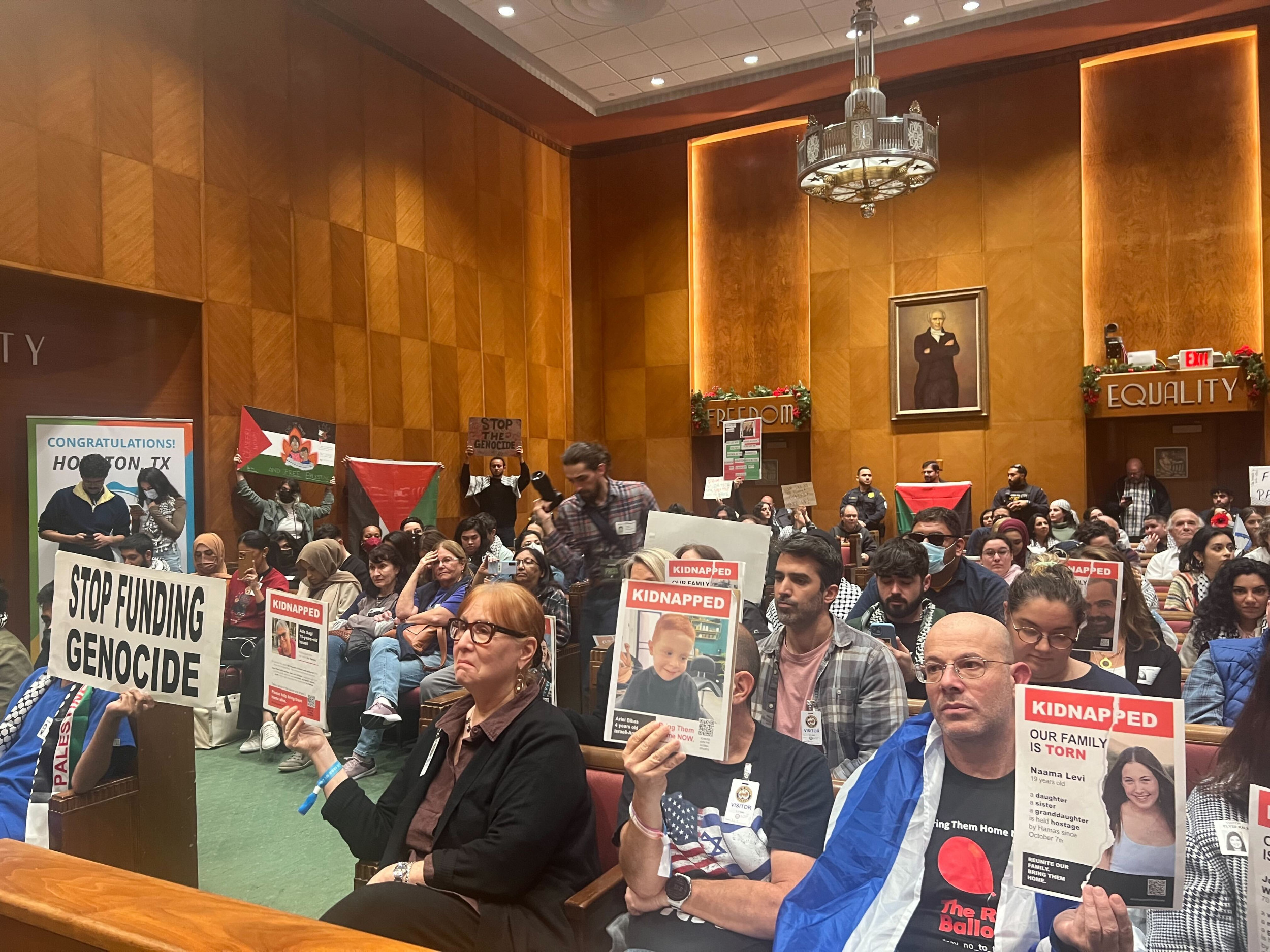As Navyn Salem starts up the machines for the first time at her factory in Providence, R.I., this month, she has all the anxieties of any new business owner: whether the equipment will work, who will buy her products, how to cover her employees' benefits, and how to raise the profile of Edesia, the food-manufacturing producer she's launching. To that list, add a few more unconventional ones: how to make Edesia the first successful nonprofit provider of ready-to-use therapeutic (RUTF) food aid in the United States, how to revolutionize treatment of childhood malnutrition, and how to transform decades of counterproductive U.S. humanitarian aid policies, which place fiercely protectionist requirements on the food products that can be sent abroad during emergencies.
It's a tall order, but then again, Salem's factory isn't manufacturing just anything. Plumpy'nut, a squeezable package of fortified peanut-butter-based paste—no bigger than a granola bar—is used to feed severely malnourished children and pregnant or lactating women. Since Nutriset, the French company she teamed up with, created Plumpy'nut a decade ago, aid groups have hailed the Plumpy products as revolutionary and carted the packets around the world in droves—with good reason: the paste can bring an emaciated child on the brink of starvation back to life in just four to six weeks, eliminating or reducing the need for a costly stay at an emergency feeding center. Plumpy'nut doesn't require cooking, nor does it spoil if left for several months in tropical conditions. And unlike fortified-milk powders, Plumpy products don't need to be mixed with water, which is often unavailable or contaminated in famine situations. The results have been remarkable: in one trial distribution in Niger five years ago, the mortality rate among severely malnourished children plummeted from between 30 and 35 percent (the data is imprecise) down to just 5 percent.
There's just one problem: while the United States is the largest donor of food aid in the world, spending some $2 billion on it each year, practically none of that money has been allowed to go toward the miracle foods—by law. Statutes in the U.S. farm bill require that food-aid money be spent on food grown in the U.S., while at least half of it must be packaged in the U.S. and most of it must be transported by U.S. shippers. So while RUTFs are now manufactured on the cheap in dozens of developing countries like Niger, Ethiopia, South Africa, the Dominican Republic, and the Democratic Republic of Congo, right nearby where they eventually need to be distributed, U.S. food aid still comes in the form of imports from afar. For one thing, it's incredibly inefficient: about 65 cents of every dollar that USAID's Food for Peace, the largest aid program, spends on food aid ends up going to overhead as a result (that's $600 million that could be saved each year through local purchase, according to the Government Accountability Office). What makes it practically farcical is the fact that those exports come primarily from the biggest U.S. commodities—wheat, soy, and corn—which don't have the nutrients needed to treat malnourished kids. RUTFs do. But the law is clear, and USAID couldn't fund their purchases.
Enter Salem. A former marketing executive and stay-at-home mother, she found her calling during a trip to her father's home country of Tanzania three years ago. Having decided to shift her focus toward aid work, she set up trips with NGOs like Partners in Health, Catholic Relief Services, and the Clinton Foundation to see what their work looked like at the ground level. While they were all doing inspiring work, she says, she realized the products they had to work with didn't necessarily support their mission. "The food aid I did see came from all around the world; nothing was grown in Tanzania and none of it had enough nutritional value," she says. "There are two different issues here: people who are hungry and people who are malnourished. And they need to be treated differently. There's still a huge number of healthy adults who are, say, displaced by war—and traditional food aid is great for them. But for children or pregnant mothers, whoever falls into that especially vulnerable category, there should be alternatives." The solution dawned on her later in the trip, when she went to meet the director of a bed-net factory in Arusha. In a line that stretched out the door were women waiting to apply for jobs; 3,000 women were already employed. For Salem, this was the answer. She realized that setting up an RUTF factory right in Tanzania could do it all: provide jobs, support the local economy, and manufacture products that would save the lives of fellow Tanzanians.
Of course, it wasn't quite that simple. Digging into the regulations, she realized that the U.S. farm-bill restrictions meant NGOs that contract with USAID wouldn't be able to use the food her Tanzanian factory would produce, just as they were prevented from using the products by then being produced in France, Niger, Ethiopia, and Malawi. So she approached Nutriset and USAID about opening up a factory in her home state of Rhode Island, for the first time allowing U.S. funding finally to be spent on the miracle foods. Starting last year, the result was Edesia, a nonprofit manufacturer, which split startup costs for the factory with Nutriset and recently scored a $2 million contract with USAID.
It's a crafty solution to a legislative conundrum, made possible by a growing recognition, at least within the executive branch, that the status quo is dumb. In 2008, when the farm bill was up for review, the Bush administration pushed for $400 million to be freed up for overseas food-aid purchases. Bush was rebuked by Congress, which closely protects the bill's reliance on U.S. farmers; it conceded only $60 million, less than 1 percent of the total food-aid budget. The Obama team has expressed even more determination to see that change. Secretary of State Hillary Clinton is leading an ambitious $3.5 billion food-security initiative (relying partly on the State Department's discretionary budget), arguing that more U.S. assistance should be directed toward developing poor countries' agriculture sectors rather than simply sending U.S.-produced food in emergencies. She is a politician and she has been politic on the matter. Her husband, on the other hand, has let loose. Introducing her at the Clinton Global Initiative when she unveiled the administration's strategy in October, he fumed at the "naive notion that somehow those of us who had a lot of food would just give it to everybody else in a way that benefited us economically and fed them." It was, he said, the "central developmental error" made by the United States. "It was a wrongheaded policy. It persisted through Democratic and Republican administrations alike, including mine. We were all wrong." Other top donors have agreed, untying nearly all of their donations, so that, for example, the European Union now buys 97 percent of its aid in the areas it is distributed. (By contrast, all but 1.4 percent of U.S. food aid continues to be homegrown.)
Of course good policy won't get anywhere without good politics. There's less cause for optimism on that front. "The fundamental message is that they can only make changes around the margins unless Congress redoes the farm bill," says Kim Elliott, a fellow at the Center for Global Development who researches agricultural trade policy. Everyone knows the current practices are costly and inefficient, she says, but they're constrained by an "Iron Triangle" of interests that the farm bill supports: farmers, the shipping industry, and, in some cases, U.S. NGOs—which sometimes receive donations of U.S. food that they can then sell in poor countries to support their projects there. Plus, there's the pressure of tradition. When Food for Peace started in 1954, it was a win-win; the U.S. government needed to do something with surplus U.S. grain, while sending food to troubled regions was seen as a universal good. It's more complicated now, since that system is neither the most efficient nor the most nutritionally sound way of feeding the hungry anymore. But even some aid groups worry that making changes would undercut public support for the program: it's counterintuitive to argue against giving away food to the hungry. The next farm bill isn't up for review until 2012, and while awareness and pressure have increased on food-security issues, the underlying political calculations have not yet changed.
In the meantime, creative entrepreneurs like Salem will have to find ways to work within the policy. When Salem cut the ribbon to open her factory in Rhode Island on March 29, it was a start. She has another factory in Tanzania set to open this summer, which would produce more Plumpy'nut, as well as a low-price supplementary product that could be sold on the local market for undernourished people to take like a vitamin, providing a sustainable source of cash for the venture (her Tanzanian partner is operating for-profit, while Salem's end of the deal is nonprofit). Yet another initiative in Latin America could follow after that. "For me personally, I'm not interested in keeping things in the U.S. For now, that's how it's done. And that's how it's been done it for the past 50 or so years, so it does take time to change," says Salem. "But we are very big advocates of local production, so one of our mandates is to help get local producers up and running. Wherever the hotspots are for malnutrition, we'd like to have a factory there so these countries have their own labor and production." The dream, she says, would be for those factories one day to become their own form of economic stimulus in times of emergency, helping their countries climb out of crisis through the very act of producing their own aid.
Uncommon Knowledge
Newsweek is committed to challenging conventional wisdom and finding connections in the search for common ground.
Newsweek is committed to challenging conventional wisdom and finding connections in the search for common ground.
About the writer
To read how Newsweek uses AI as a newsroom tool, Click here.








